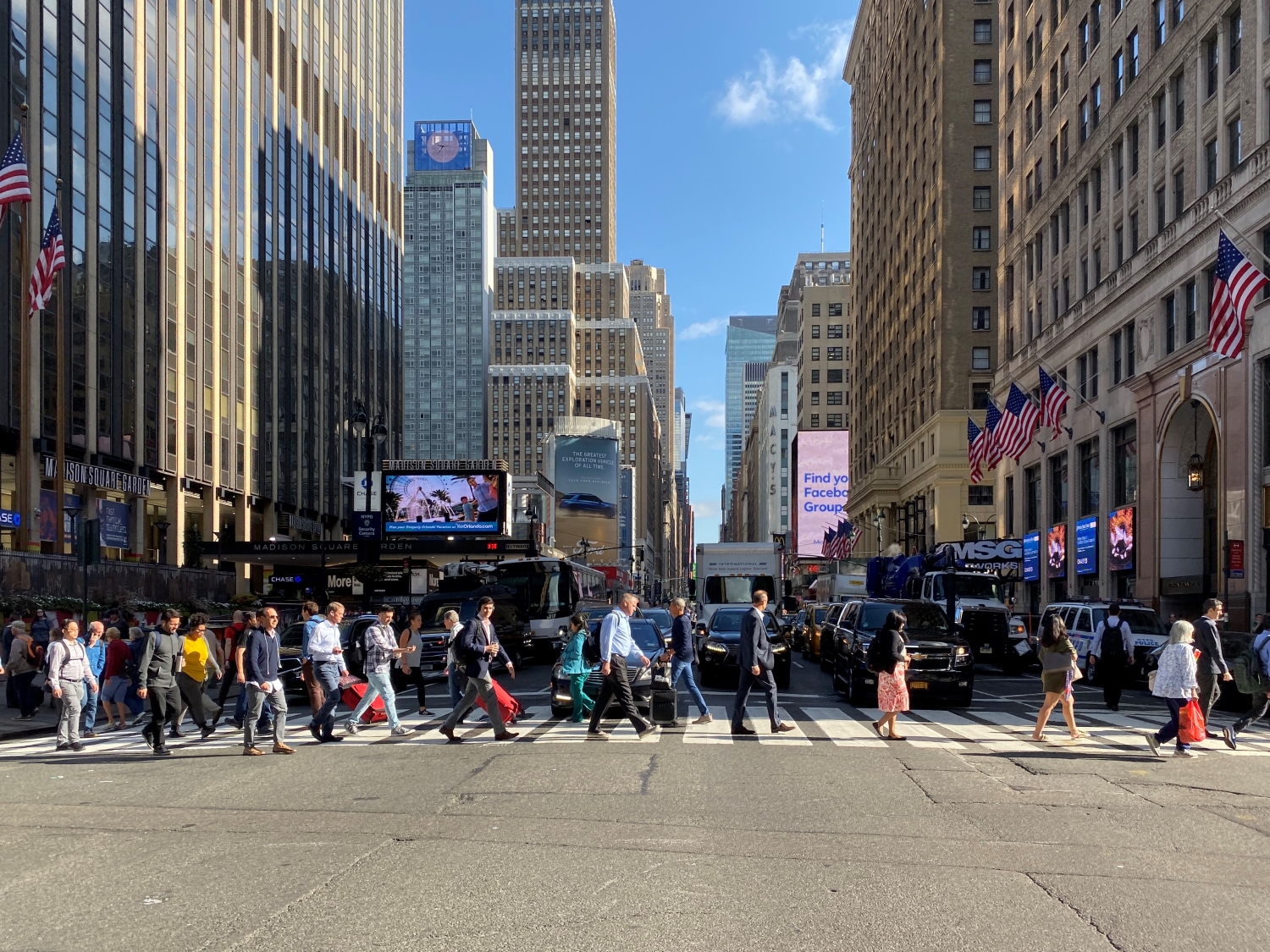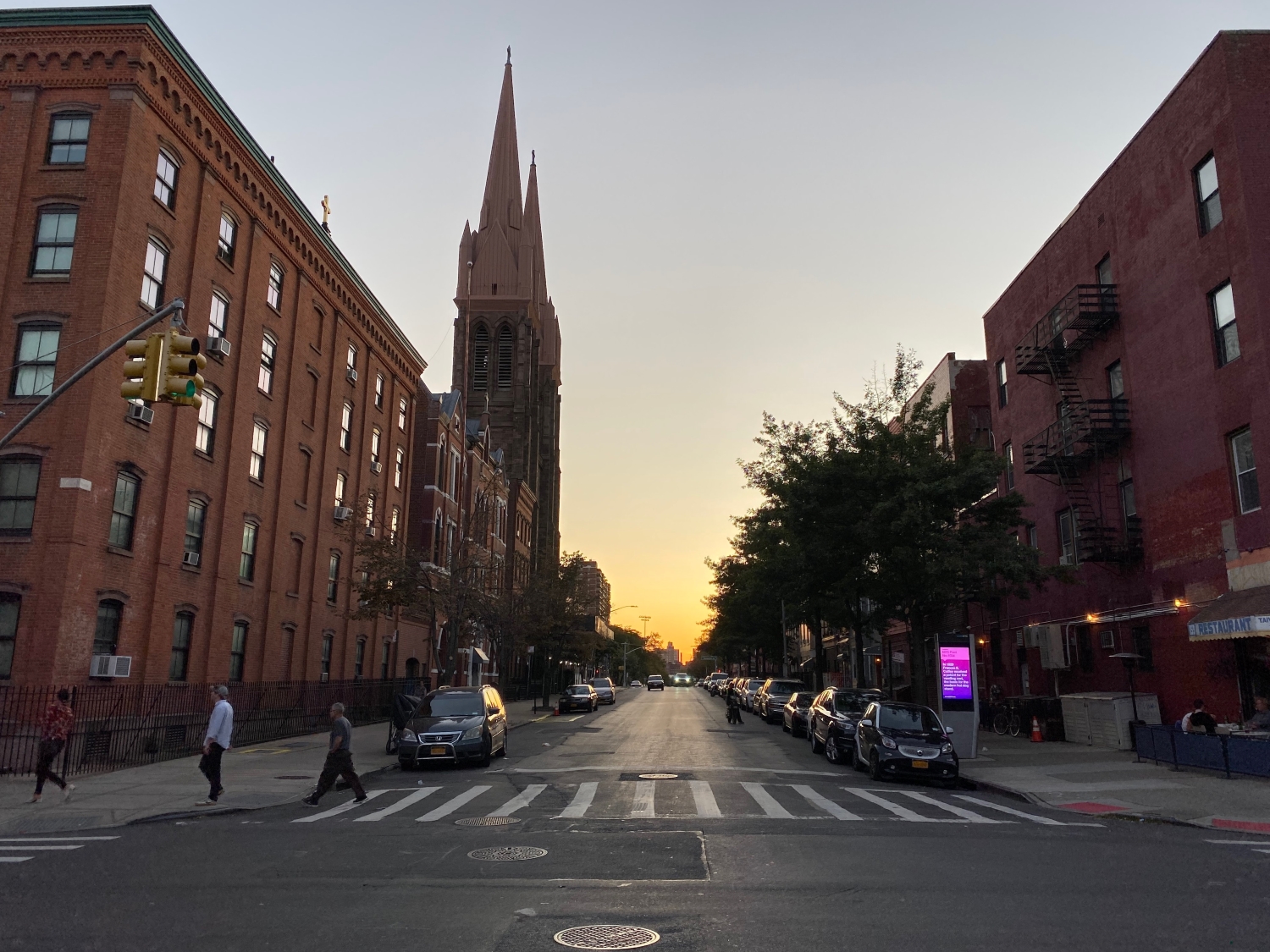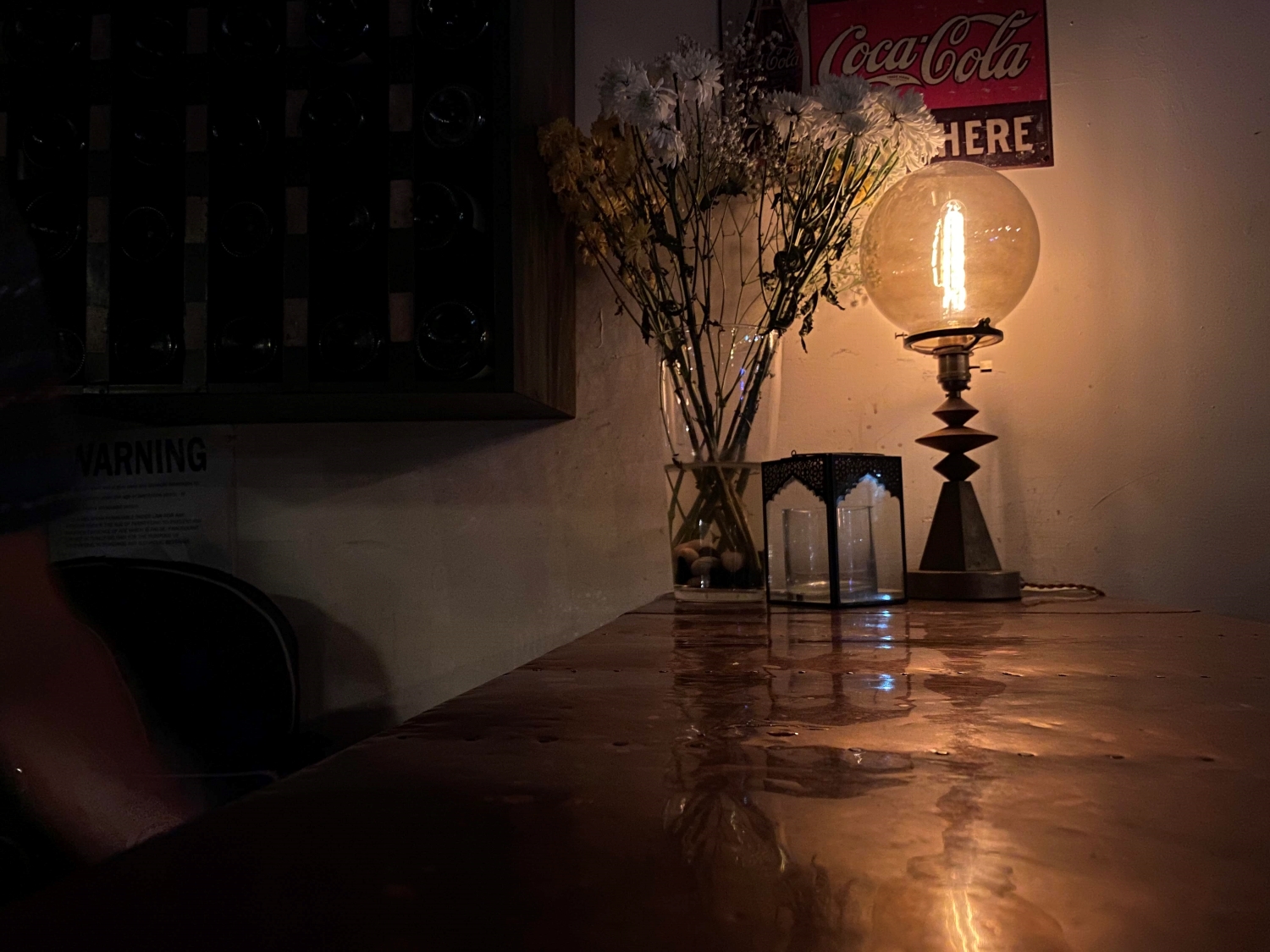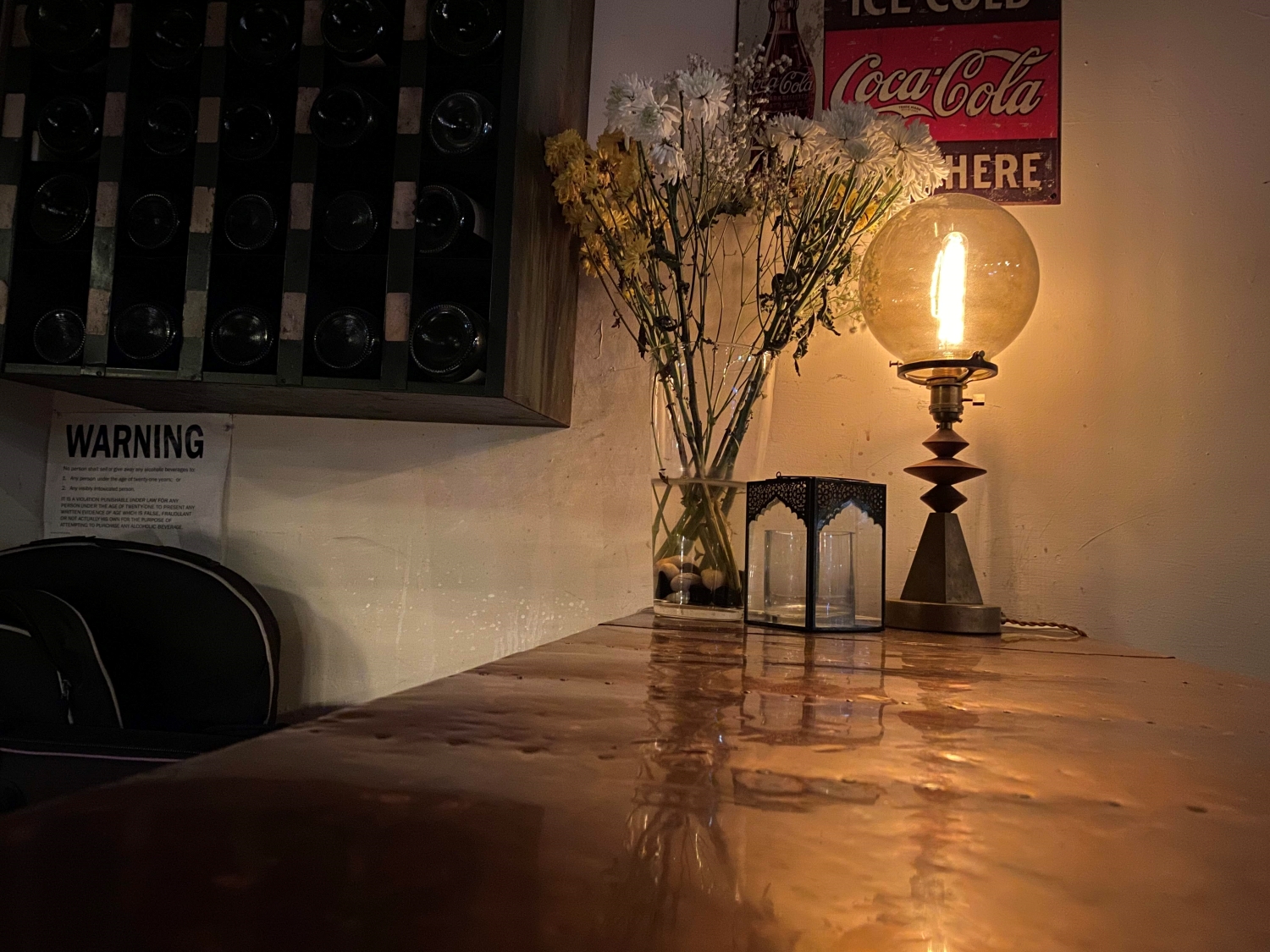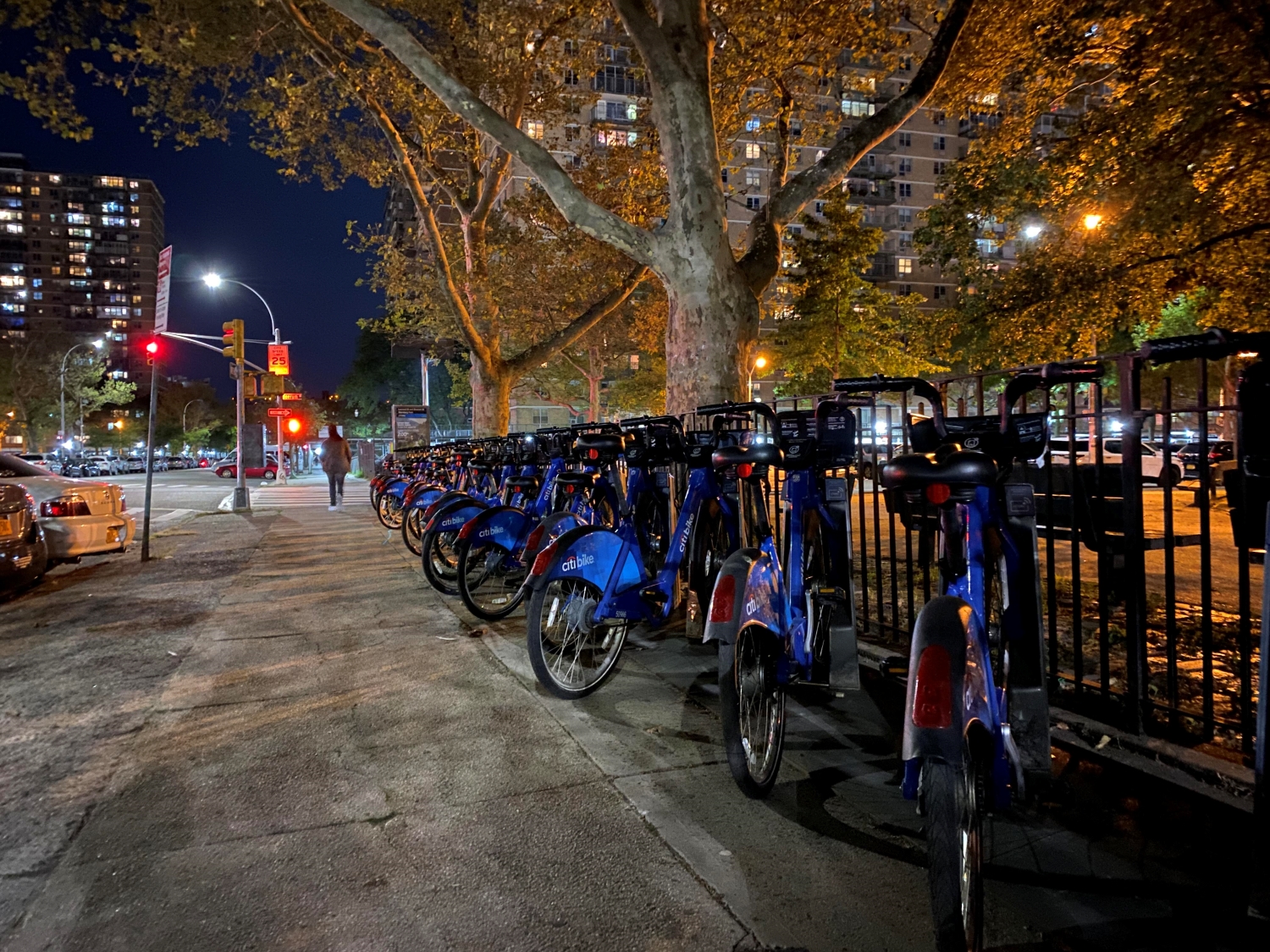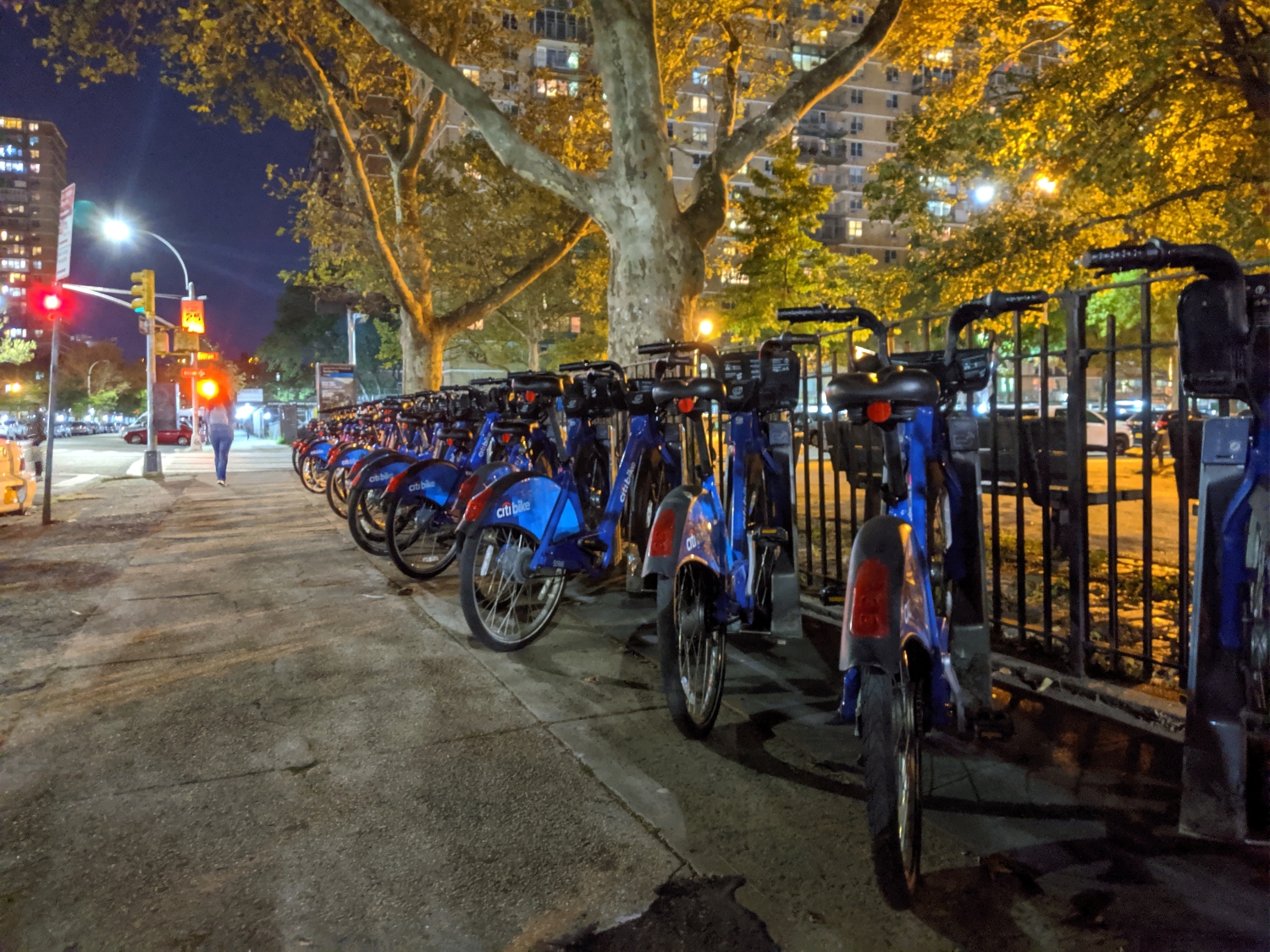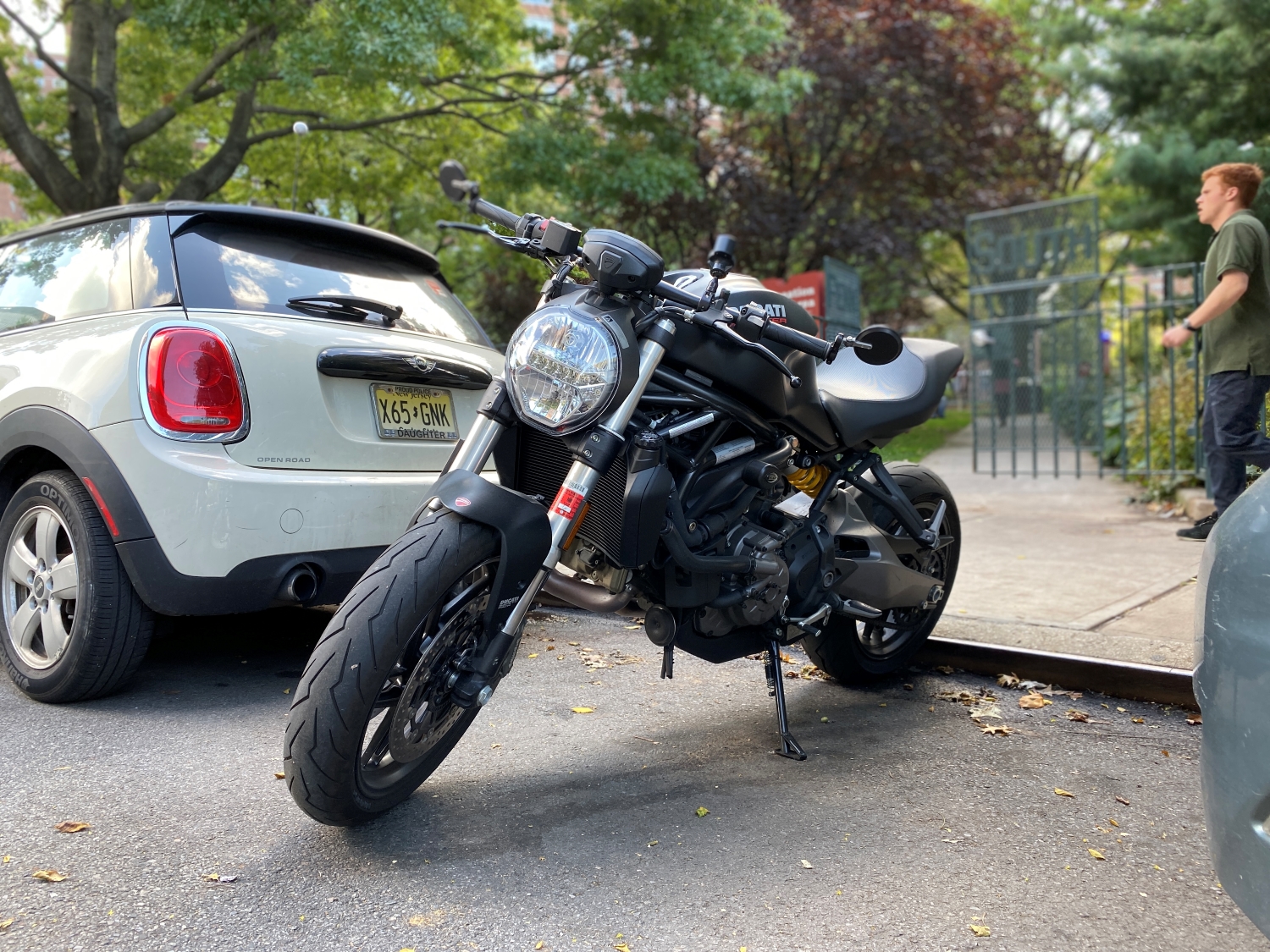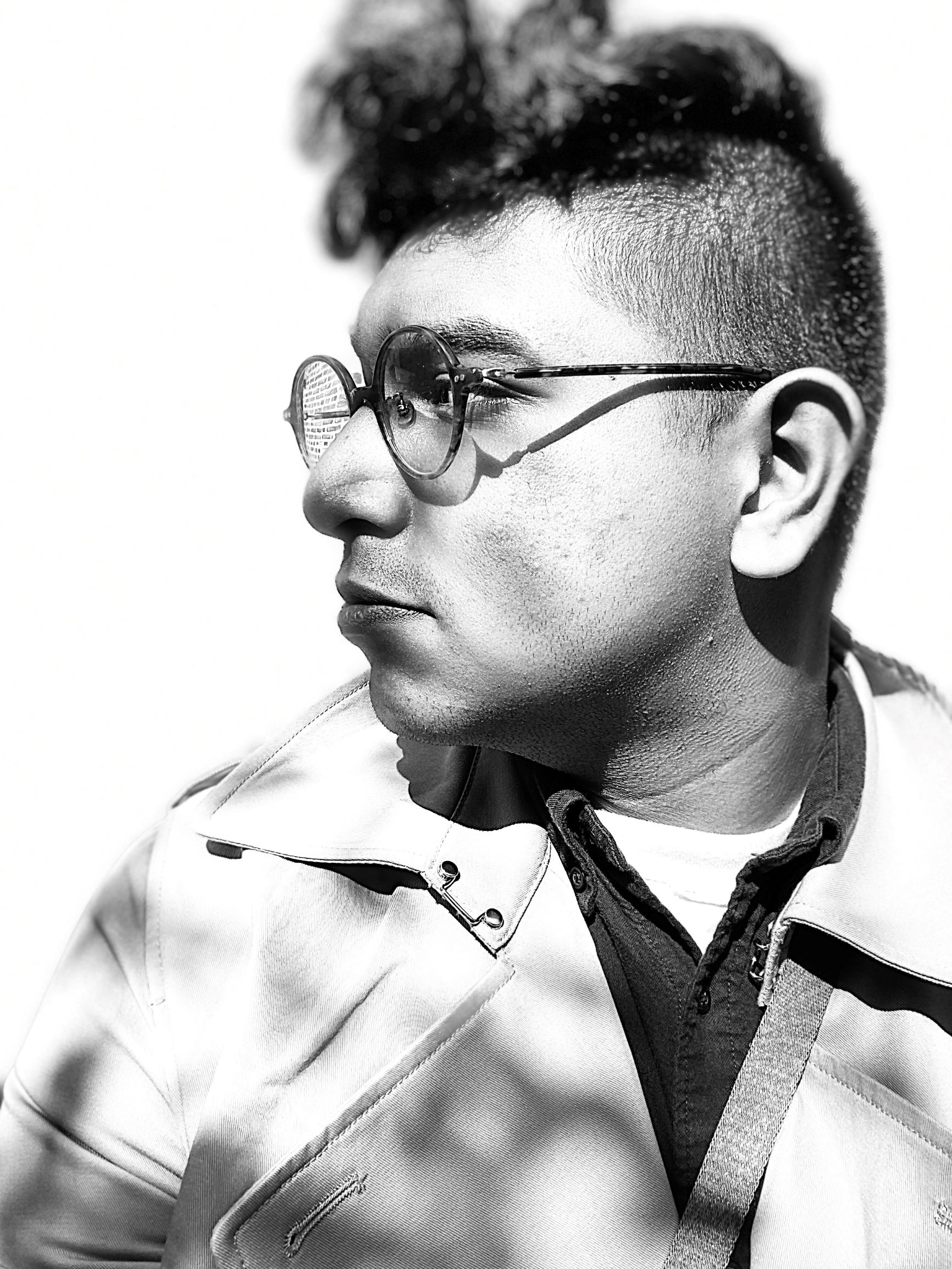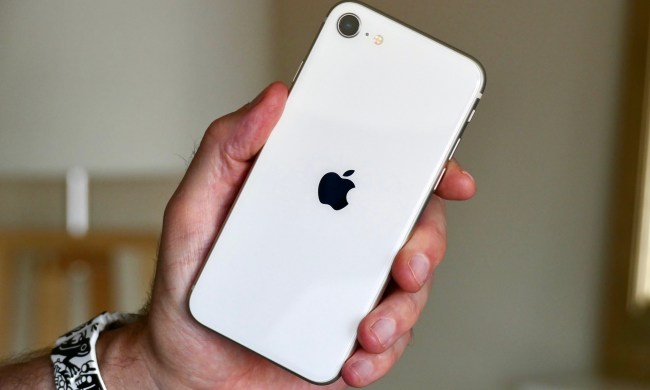- Good price
- Powerful processor
- Great camera system
- Day-long battery life
- Gorgeous color options
- Display falls short of competition
- Fast charging adapter not included
- Unchanged bezels on the front
The iPhone 11 is all the iPhone you need, even with the new iPhone 12 arriving. Sure, the Pro models have an extra zoom lens, slightly better battery life, and nicer screens … but most people don’t need all of that. Save yourself $300 and go for the iPhone 11. It’s still one of the best iPhones and overall best phones you can buy right now.
Thick bezels
If you were hoping Apple would slim down the bezels on its successor to the iPhone XR, think again. Yes, the design is still a tremendous improvement over phones like the iPhone 8, but the front of the iPhone 11 is unchanged from 2018. A thick and uniform bezel surrounds the 6.1-inch screen and there’s the same wide notch at the top, carrying the TrueDepth camera and sensors for Face ID.
Compare this to the OnePlus 7 Pro and its bezel-less screen, or the Galaxy Note 10 with its hole-punch camera, and the iPhone 11 looks a bit dated, but not terribly so.
It’s not the perfect size — that’s the 5.8-inch iPhone 11 Pro — but it’s not as unwieldy as the iPhone 11 Pro Max. The scale of the iPhone 11 marks a good middle ground for people who want a big screen but still want to manage the phone in one hand. It can be tricky trying to reach the back button, which is often on the top left corner, and that’s coming from someone with large hands.
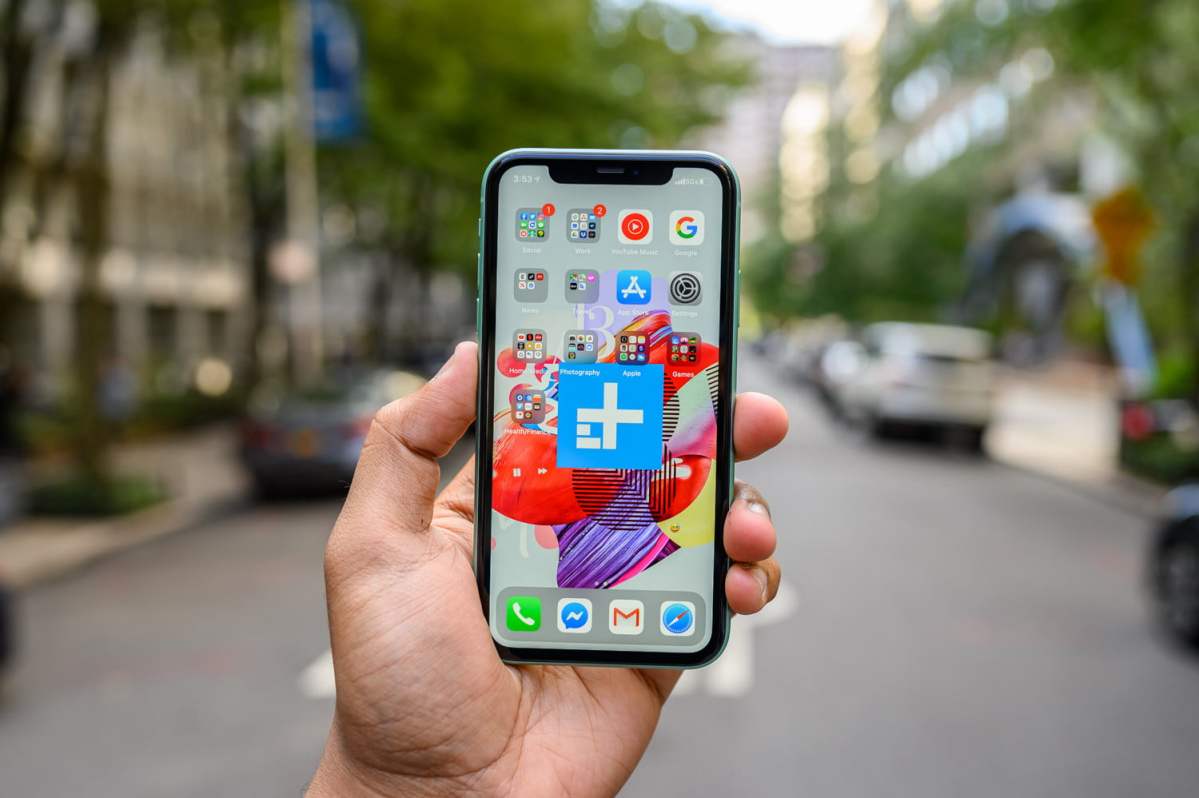
This iPhone feels substantial, and the glossy glass back isn’t as slippery as the matte finish on the Pro models. That said, you’ll want a case. It’s not as durable as the Pro models because it’s made of aluminum and not stainless steel. It does have an IP68 water resistance rating, so it can survive up to 2 meters underwater for up to 30 minutes.
The best part of the new iPhone? The colors. There are six options and they all look wonderful (although the glass is still prone to fingerprints). My favorite is the green seen here, as well as the purple. Note that the iPhone branding has disappeared on the back, allowing for an even more minimalist look.
The best part of the new iPhone? The colors. There are six options and they all look wonderful.
I’m not as happy with the camera design. The two cameras are on a module that’s raised from the back glass; slide your finger from the rear glass to the edge of the camera module and you can feel how sharp it is. I wish the edge of the camera module blended into the rear glass.
The huge cameras aren’t subtle, but they’re not as off-putting as the triple-camera lens setup on the iPhone 11 Pro and 11 Pro Max. I think if the additional raised module surrounding the lenses didn’t exist, I’d love the look of the iPhone 11. It’s growing on me, but I think the iPhone XR looks better.
Low-resolution display
The weakest link is the 6.1-inch screen on the iPhone 11. It’s not an OLED panel like most competitors in this price range, and it has a mere 1,792 × 828 (326 pixels-per-inch, PPI) resolution.

The OnePlus 7 Pro, which costs $20 less, has a 3,120 × 1,440 OLED screen with a 90Hz display, allowing for a smoother experience. Even the $399 Google Pixel 3a has a 2,220 × 1,080 resolution.
Comparing the OnePlus 7 Pro’s screen and the iPhone 11, colors are richer and blacks are darker on the OnePlus, and a tad washed out on the iPhone. Comedian Hasan Minhaj looks flat on the iPhone screen as you can see in the comparison above.
While the screen resolution is low, it’s hard to call that a problem. If you put the iPhone right in front of your eyes, sure, it’s easier to notice the difference. But that’s terrible for your eyes. Don’t do that!
I had no trouble watching episodes of The Spy on Netflix, and the screen is bright enough for me to see almost everything clearly even in sunny conditions (it can go up to 625 nits, whereas the iPhone 11 Pro can go up to 800 nits).
Still, the iPhone 11 doesn’t have a screen that matches its price tag. It falls short of the competition. No, it’s not bad, but you can find better at the same price or less.
What about audio? There are stereo speakers for surround sound, and they sound vibrant. They’re not as loud as the speakers on the Samsung Galaxy Note 10 Plus, and they don’t sound as good, but they’re more than enough for gaming and watching movies. There’s still no headphone jack.
Cameras: Double whammy
Last year’s iPhone XR had a single lens and wasn’t versatile. That’s changing for the better with the iPhone 11, which now adds a 120-degree ultra-wide-angle lens, allowing you to capture more from a scene. This is a feature you won’t find on Google’s Pixel 4.
But first, let’s talk about the main 12-megapixel sensor, which has an f/1.8 aperture and is the same as the main lens on the iPhone 11 Pro models. There are several improvements across the board, from autofocus that’s three times faster in low light conditions to better Smart HDR for more balanced shots in high-contrast lighting and a new feature called semantic rendering.
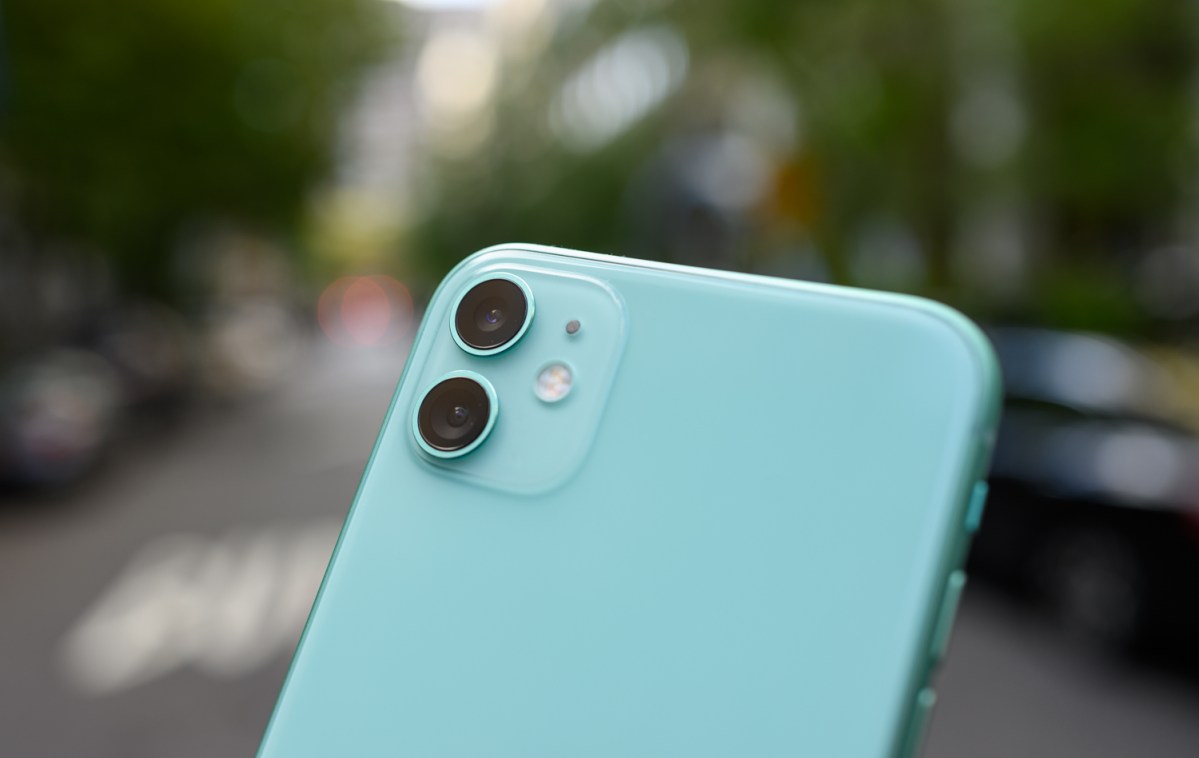
This captures several underexposed photos before you tap the shutter button, and then an overexposed shot afterward. The camera attempts to understand elements of the photo, such as faces, and Smart HDR processes them separately using the frames it captured.
With all of these improvements, the iPhone 11 has the best smartphone camera you can buy. It captures all the right details and some of the most natural colors you’ll see from a smartphone. It helps that the camera interface is so fluid it puts all other smartphone camera apps to shame.
Yet the iPhone 11 isn’t a giant leap over the competition, especially compared to the Google Pixel 3. Apple is back on top, but only by an inch.
I wish Apple did more with the new ultra-wide-angle camera. There’s just the right amount of distortion for unique photos, but I wish Apple went the extra mile and allowed autofocus. It’s a fixed focus lens, which means you need to be 1 meter away from the subject for it to be in focus. You can’t take close-up shots with it. Most competitors have this flaw as well, but it would have helped make Apple’s ultra-wide stand out.
- 1. iPhone 11 ultra-wide-angle lens.
- 2. Samsung Galaxy Note 10 Plus ultra-wide-angle lens.
Photo quality from the ultra-wide angle lens is among the best, as you can see when compared to the Samsung Galaxy Note 10 Plus. The latter tends to oversaturate and often looks flat. The iPhone typically seems to pick up a bit more detail.
Creature of the night
The star of the iPhone 11’s camera is the new Night mode. It’s not a dedicated night mode like Google’s Night Sight on Pixel phones, but it automatically kicks in when it detects poor lighting conditions. You can turn it off, leave it on the automatic setting, or set it to the maximum long-exposure that the camera deems necessary. That can vary, but the camera can go all the way up to a 28-second exposure (if it’s dark enough and the phone is on a tripod).
Most shots need a two- to three-second long exposure. Google’s Night Sight tends to decide for itself on how long the exposure should be on a variety of factors, but I prefer Apple’s approach, as it offers more choice. Night Sight delivers stronger details, but when opting for the maximum exposure on the iPhone, the results are comparable.
What’s different is color. The iPhone 11 tends to maintain natural colors, while the Pixel can miss the mark. The iPhone’s Night Mode also tends to preserve the ambiance of a scene, lighting up certain parts of it, while the Pixel aggressively white balances the photo and brightens up everything. They’re two different approaches, and while sometimes I prefer the results of the Pixel 3, I largely have been enjoying the iPhone’s Night Mode even more.
Apple has been at the back of the pack in low-light photography for some time, so it’s nice to see it race to the top. It is disappointing that Night mode doesn’t work on the selfie camera or on the ultra-wide-angle lens, which can be limiting when shooting at night because the ultra-wide has a narrower aperture than the main lens and it can’t take in as much light. It delivers muddy shots.
There are several improvements to Portrait Mode. You can now take portraits of just about anything: pets, people, objects, whatever. On the iPhone XR, which had just a single lens, the camera was only capable of capturing portraits of people. The quality in these portrait photos are significantly better overall compared to last year’s iPhone XS Max, and it does a good job of maintaining the subject’s outline, though errors do turn up occasionally. That rings true with the new High Key Mono Portrait Lighting effect.
The selfie camera has been upgraded to 12-megapixels over 7-megapixels on the iPhone XR, and they look better overall especially Portrait Mode selfies. You should know though, that by default selfies shot in portrait orientation will be captured in a cropped, 7-megapixel resolution. You can zoom out to take in more of the background when you want to take a group selfie (this automatically happens when you rotate the camera to landscape).
Video upgrades to the iPhone 11 camera help Apple maintain its dominance in videography. The camera can shoot in 4K at 60 frames per second, and it does a good job with stabilization. I’m thoroughly enjoying Apple’s new Slofies, which capture 120 frames per second slow-motion selfies at 1080p. It’s unusual to see slow motion on the selfie camera, but it’s fun to use.
The iPhone 11 is all about the camera upgrades. They shift Apple back on top. That being said, Google’s Pixel 4 is right around the corner and it means we’re in for a hell of a camera fight.
Killer performance and slick iOS 13
Despite not having “Pro” in its name, you get the same performance on the iPhone 11 as the iPhone 11 Pro, because the entire range is equipped with Apple’s A13 Bionic chipset (though there’s only 4GB of RAM on the iPhone 11).
Apps are quick to launch and scrolling through Twitter and Instagram is smooth. I’ve been playing quite a few games on Apple Arcade, the company’s new subscription-based game service, and titles like Oceanhorn 2: Knights of the Lost Realm and Skate City ran without any issues.
Here are a few benchmark results:
- AnTuTu 3DBench: 405,950
- Geekbench 5 CPU: 1,338 single-core; 3,329 multi-core
The AnTuTu result is our highest ever, beating out every Android smartphone running Qualcomm’s Snapdragon 855 processor, the flagship chip of 2019. This is a powerful phone.
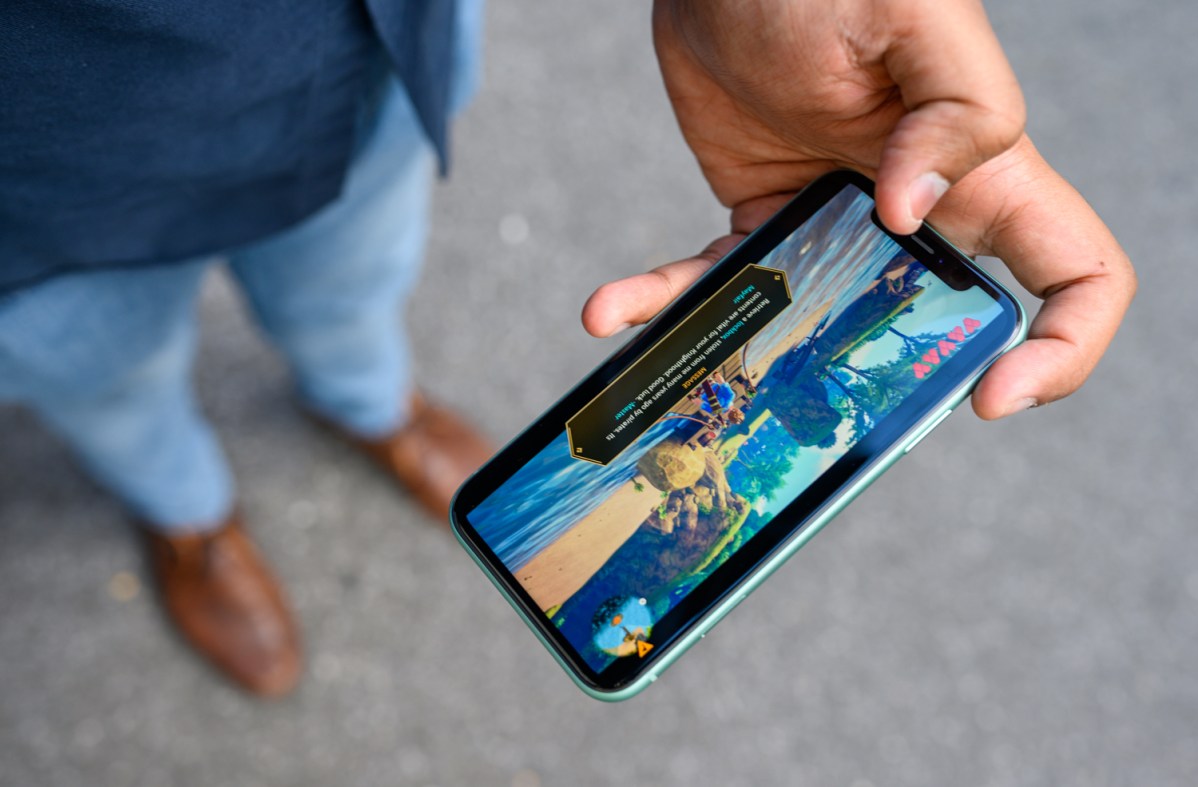
I wish Apple stopped offering the 64GB storage size option and started with 128GB as the default instead. Samsung’s Galaxy S10 range starts with 128GB and has higher storage options from there, and the same rings true for the more affordable OnePlus 7 Pro. It’d be a nice move considering you still only get a meager 5GB of iCloud storage.
On the software side, iOS 13 is wonderful. Dark mode makes everything beautiful and protects my eyes at night, the revamped Photos app is smarter and offers more robust editing tools, Face ID is faster than ever, and I love swipe typing. Check out my iOS 13 impressions for more.
The battery lasts a day
Apple claims the iPhone 11 lasts an hour more than the iPhone XR, which already had great battery life. That holds up. I ended an average workday with around 45 % left by 5 p.m., 30% by 7:30 p.m, and 15% by 10 p.m. That’s with medium use including playing a few games, taking photos, browsing the web, responding to notifications, and watching a YouTube clip or two.
On a heavy day of use, where I took a ton of photos and videos with the iPhone 11’s camera for more than four hours, the 3,110mAh battery hit 15% by 5 p.m. — phones like the Google Pixel 3 would have long been dead. Most people will be satisfied.
In our standard battery test, where we play a 1080p YouTube video over Wi-Fi with the brightness at max, the iPhone 11 lasted a paltry 4 hours and 54 minutes. But these tests aren’t perfect depictions of real-world battery life results, as the OnePlus 7 Pro lasted 11 hours and 50 minutes in the same test, but struggled to comfortably last a full day of use.
The iPhone 11’s battery will easily last all day in most situations.
Unfortunately, Apple doesn’t include the 18W fast charger in the box. Instead, you’ll find the traditional 5W charger, which will recharge your phone at a snail’s pace — it’ll take more than 3 hours to go from zero to 100. It does support fast charging, but only the iPhone 11 Pro models have the 18W brick in the box.
You’ll need to spend around $50 more to buy the adapter and cable to enable this functionality, but it’s well worth it. The iPhone 11 managed to hit 50% in 30 minutes of charging with the fast charger, and more than 80% after an hour. Meanwhile, with the included cable and adapter it only hit 16% around the 30-minute mark. That falls short of the competition. Apple really should have made it standard.
There’s still wireless charging, so you can sip up power by placing the phone on a wireless charging pad if you want.
Price, availability, and warranty
The iPhone 11 is $699 and it’s available from Apple as well as multiple retailers and carriers. You can pay for it in monthly installments with no interest, and if you’re coming from a previous iPhone, you can trade it in to get the price slashed up to $600 depending on the quality of the phone.
Apple offers a standard warranty that covers the phone from manufacturer defects for one year from the date of purchase. You can extend the warranty with AppleCare+, for a price.
If you’re hoping to find a discount, take a look at some of the best iPhone deals and smartphone deals available for Cyber Monday.
Our Take
The iPhone 11 delivers with day-long battery life, excellent performance, and a strong camera that’s more versatile than last year’s iPhone XR, not to mention all the improvements that come with iOS 13. If you don’t want to spend more than $1,000 on a new smartphone, the iPhone 11 is great value.
Is there a better alternative?
If you’re sticking to iOS, yes. You can go for either the iPhone 11 Pro or the iPhone 11 Pro Max and they will be better in almost every way. They’re not the best value, however, so don’t feel bad if you just want to stick with the iPhone 11.
Otherwise, the OnePlus 7 Pro is a great alternative at $679. It has great performance, a fantastic display, nice software, though the camera and battery aren’t as good.
Google’s Pixel 4 is now available, and it’s a strong Android alternative. It has a camera system that’s nearly as good at a lower price. However, the Pixel 4 does lag in battery life.
How long will it last?
iPhones last a long time because of Apple’s lengthy software support. Expect the iPhone 11 to last you three to four years, if not more. When the battery starts to degrade, you can take it to certified Apple technicians to get it replaced and the phone will feel as good as new.
Should you buy it?
Yes. If you’re not constantly on your phone all the time, the iPhone 11 is the phone to buy. If you are, look at the Pro models.



